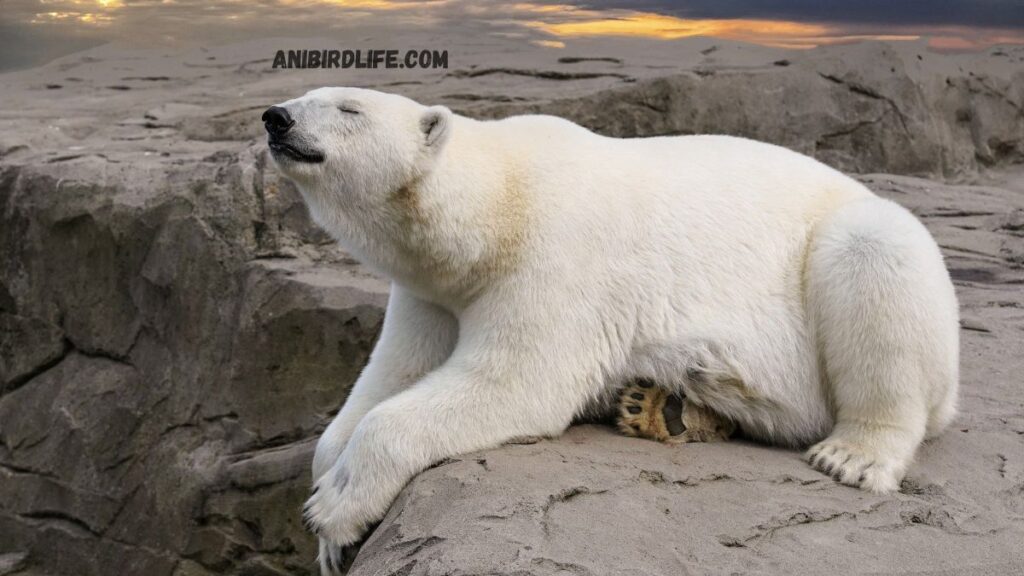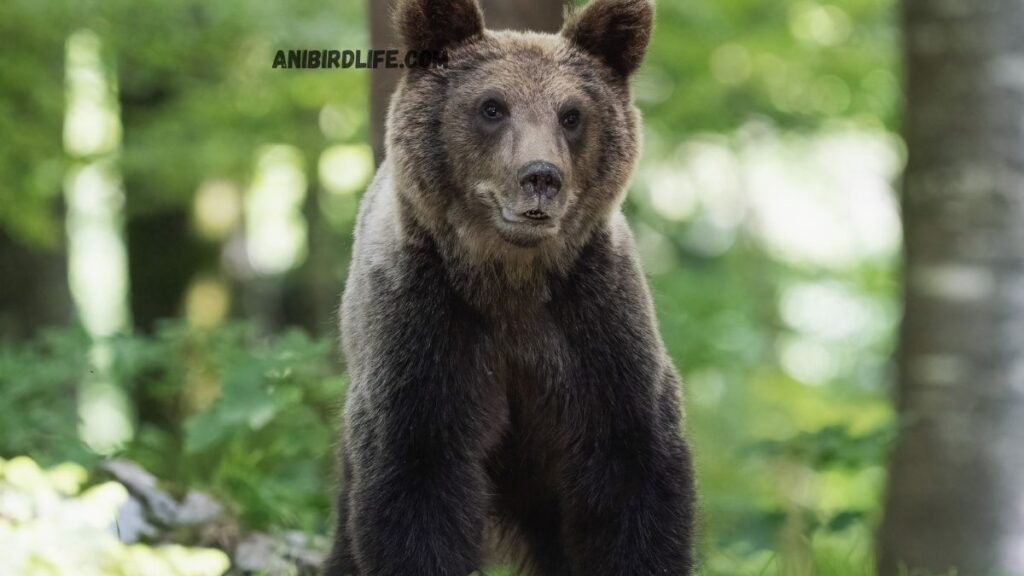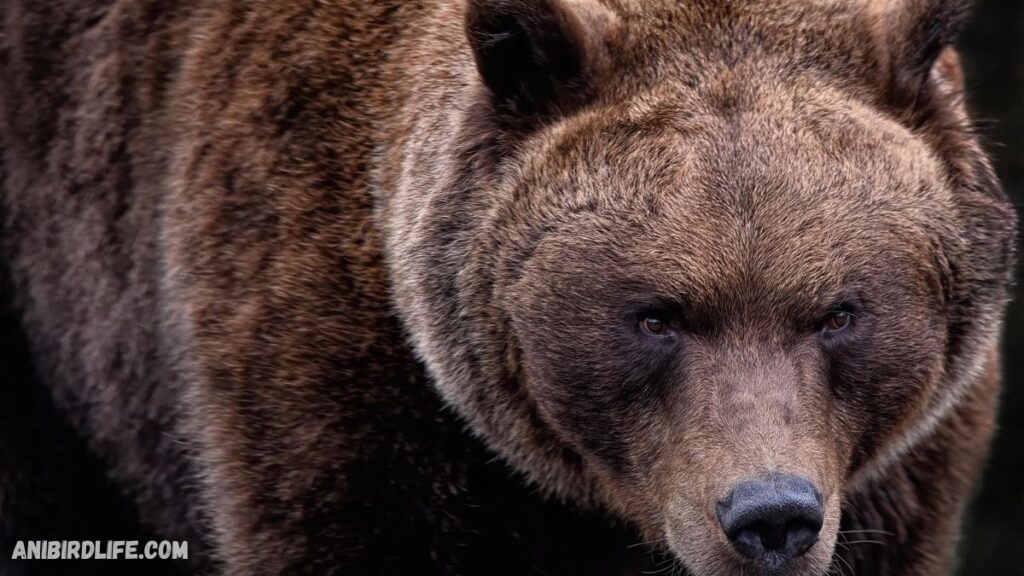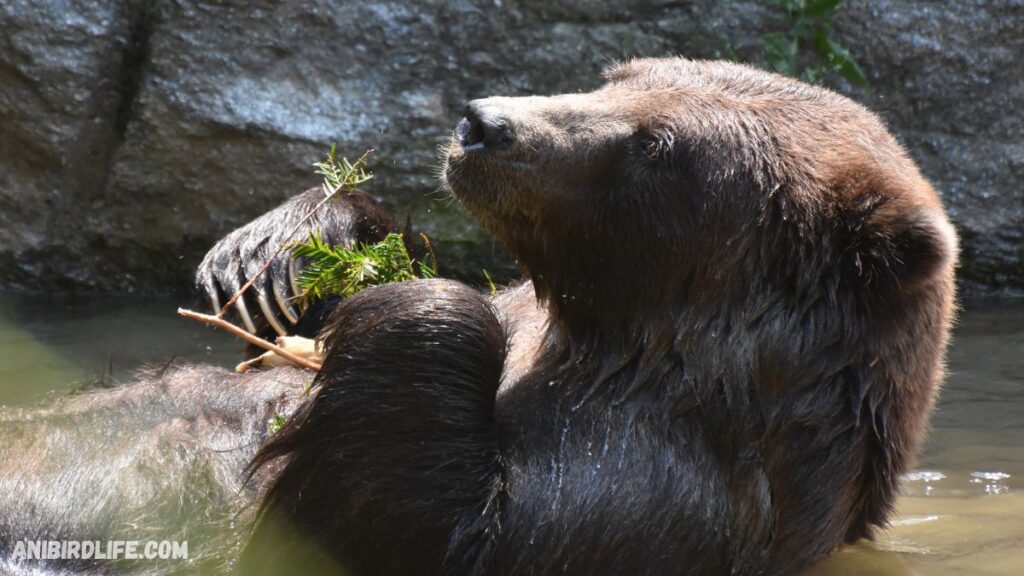Setting the Scene: Why Bear Strength Matters
Throughout the ages, bears have captured our imagination as symbols of strength, endurance, and the untamed wilderness. These majestic creatures play pivotal roles in folklore and modern wildlife studies alike, embodying power in every aspect of their existence. Understanding the sheer physical power of bears is not just about appreciating their role in nature, but also about recognizing their influence on ecosystems and the biodiversity they support.
This guide takes a closer look at the top five strongest bear species around the globe, exploring how their strength impacts their survival and the environments they inhabit.
The Power Players: Overview of the Strongest Bear Species
Defining Strength in the Bear World: What Makes a Bear Strong?
In the animal kingdom, strength is often synonymous with survival. For bears, this means more than just raw muscle power; it encompasses jaw strength, adaptability to challenging habitats, and their skills in hunting and foraging. These qualities collectively contribute to their ability to dominate their respective territories and stand as apex predators.
1. Polar Bear: The Arctic Giant
Physical Characteristics: Size and Muscle Structure
Polar bears, the largest land carnivores on Earth, are iconic for their impressive size and stark white coats, which blend into the icy Arctic backdrop. Adult males can weigh up to 1,500 pounds and measure over 8 feet in length, their bodies honed by evolution to support both immense strength and endurance.
Survival Skills: How Strength Benefits Polar Bears in Harsh Environments
In the unforgiving Arctic, where temperatures regularly plunge below freezing, the polar bear’s strength is crucial. It allows them to traverse vast icy expanses in search of seals, their primary prey. Their powerful limbs enable them to break through thick ice, while their muscular build aids in long-distance swimming between ice floes a critical ability in an environment where sea ice is diminishing.

2. Kodiak Bear: The Alaskan Titan
Comparison with Other Bears: Size and Diet Considerations
Kodiak bears are a distinct subspecies of brown bears, found exclusively in the Kodiak Archipelago in Alaska. They are comparable in size to polar bears, making them one of the largest and strongest bear species. Their diet, rich in salmon, provides the high energy needed to support their massive size.
Role in Ecosystem: Why Kodiak Bears are Pivotal to Biodiversity
As top predators, Kodiak bears have a profound impact on the structure of their ecosystem. By controlling the population of salmon and other species, they help maintain the health of their environment, ensuring biodiversity and the stability of various other animal populations.

3. Grizzly Bear: The Fierce Competitor
Adaptations for Strength: Claws and Musculature
Grizzly bears are renowned for their formidable claws, which can be up to 4 inches long, and their strong humped shoulders that power their forelimbs. This musculature is essential for digging and foraging, as well as for the explosive bursts of speed used to catch prey or defend themselves.
Human Encounters: Understanding Grizzly Bear Behavior and Strength
Grizzly bears occasionally come into contact with humans, particularly in areas overlapping their natural habitats. Understanding their strength and behavior is crucial for safety, as grizzlies can react aggressively if surprised or threatened.

4. Ussuri Brown Bear: Russia’s Formidable Forest Dweller
Habitat and Diet: How Environment Shapes Strength
The Ussuri brown bear inhabits the forests of Russia’s Far East and parts of China and Japan. This region provides a rich diet that includes fish, small mammals, and a variety of vegetation, which contributes to their robust size and strength.
Conservation Status: Threats Facing the Ussuri Brown Bear
Despite their formidable strength, Ussuri brown bears encounter numerous threats, such as habitat loss and poaching. Their fur and body parts are highly valued in illegal wildlife trade markets, making conservation efforts crucial for their survival.

5. American Black Bear: The Unexpected Contender
Muscle Power Versus Agility: How Black Bears Use Their Strength
Though smaller and less powerful than the other bears on this list, American black bears are not to be underestimated. Their agility and climbing skills are remarkable, allowing them to escape predators and find food in the treetops.
Interaction with Humans and Wildlife: The Impact of Strength on Survival
Black bears are the most widespread and strongest bear species in North America and often come into close contact with human populations. Their ability to adapt to diverse habitats, from forests to urban areas, demonstrates a different kind of strength: the strength to coexist.

Comparative Analysis: How Do These Bears Stack Up?
Direct Comparisons: Size, Weight, and Power Metrics
When measured side-by-side, the physical dimensions of these bears tell a story of adaptation and survival. From the immense polar bear to the more modestly sized black bear, each species has developed a body built for the specific challenges of their environments.
Infographic: Visual Comparison of Strength and Size
This section includes a detailed infographic that provides a visual comparison of the top five strongest bears, highlighting key statistics such as weight, height, and typical force exertion.
Conservation Efforts: Protecting These Mighty Beasts
Current Initiatives and How Strength Impacts Survival
Worldwide, conservationists are striving to safeguard bear habitats and establish policies to reduce human-bear conflicts. These efforts are vital for the survival of these strong species, ensuring they continue to thrive in the wild.
How You Can Help: Conservation Tips for Bear Lovers
Anyone can contribute to bear conservation through simple actions such as supporting wildlife charities, promoting bear-aware policies, and educating others about the importance of preserving natural habitats.
Conclusion: (The Top 5 Strongest Bear Species in the World)
Summing Up: The Importance of Understanding Bear Strength
Exploring the strength of the world’s most powerful bears gives us insight into the challenges these animals face and the resilience they show in overcoming them. It also highlights the significance of continued research and conservation efforts focused on protecting these magnificent animals.
Future Prospects: Research and Conservation Trends
As we continue to learn more about these powerful animals, both the challenges and solutions in bear conservation become clearer. By supporting these efforts, we ensure that future generations will also be able to witness and appreciate the remarkable strength of the world’s strongest bear species.
